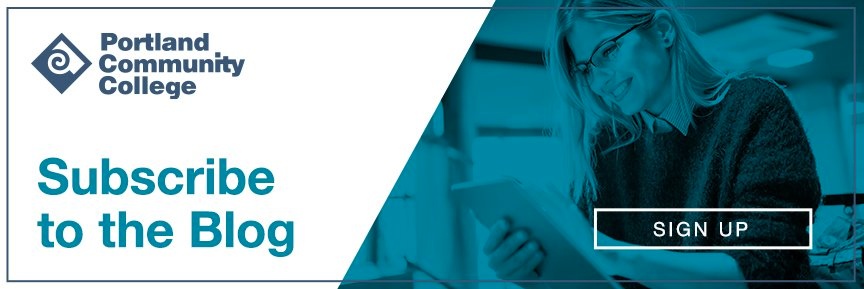It's easy to start a classroom teaching experience by looking around your room (or virtual "room" in an online class, as it might be) and asking what items would help people learn best in this environment. That is an excellent first thought because it means you don't want to approach teaching casually that doesn't put students on the track to success. However, in modern education, the goal is to go a step further, beyond what would work well for you to what would work well for as many students as possible.
Learning to create inclusive college classroom environments helps you see more students succeed, especially first-generation college students. Doing so also enables you to improve diversity and inclusion in the college classroom and empower everyone to share their experiences and viewpoints. To do so, however, there may be some needed mindset shifts that help you create an inclusive classroom.
Understanding Inclusivity
Inclusivity is all about finding ways for diverse members of a group to feel welcomed and able to participate in class fully. Being an inclusive leader or teacher entails thinking through how a given activity, experience, or space might exclude some people participating in it. Learning how to modify it allows more people to feel welcomed and able to contribute.
There has been a dawning realization in education that students come from very different backgrounds and have very diverse perspectives on the value of and approach to K-12 education and college. When students speak out and mention that a given project or assignment doesn't make sense to them, there is an opportunity to modify the assignment to help more students to participate and succeed.
Diversity also applies broadly, especially in education. Making classrooms culturally and racially inclusive and gender-inclusive involves fairness and tact in broaching subject matter. At the same time, it provides students who learn in different ways or require modified teaching with lessons that resonate with them.
Not feeling seen or welcomed in a classroom causes students to disengage and dismiss their education. Furthermore, it can mask issues that the student can resolve. For instance, a child may act out because they need glasses and cannot read the board. However, if nobody brings attention to this issue, they may appear incapable or defiant. Inclusivity, therefore, is an approach that brings equity to students and helps them learn in a way suited to them. Teachers and other leaders can learn to identify any barriers to full inclusion and remove them.
Here are some of the ways this plays out in the classroom.
Developing Course Content from Multiple Perspectives
One of the most significant ways to make content more inclusive is to aim for many perspectives. When teaching a region's history, including sources from multiple sides provides the complete picture. You don't want to only represent sources by the groups in power if they subjected other groups to hardship. For instance, it's unfair to portray the history of the British or Spanish Empire without addressing the situation of the people who were being colonized. Using primary texts from all peoples involved is one way to diversify course content.
If teaching science, you can shed light on lesser-known stories of discovery and the scientific method, perhaps from under-acknowledged scientists. In language courses, teaching cultural uses of the language and basic grammar rules gives students a complete understanding of how to use the language. In each case, more students feel included and represented when sharing multiple perspectives in addition to the prevalent ways of thinking.
Work in Multiple Formats to Pursue Student Strengths
Many students struggle with timed exams but thrive when creating a project that demonstrates a similar understanding. It is more apparent that people learn differently, and the standardized way of ensuring education often works against the way some groups learn.
Offering multiple ways of completing a project is a great way to make your classroom environment more inclusive. Allowing students to create projects and write essays in addition to (or instead of) tests lets them play to their strengths. It gives them an option they can feel good about, helping them learn in the best way for them. The creative freedom also often increases the effort students put into their work, and it allows the teacher to point out their strengths so they can pursue them themselves and understand themselves better.
If a student knows that your course only has timed essay tests, a medium they've struggled with, they may disengage entirely from the subject. That lack of morale harms their education, even if they could flourish with a take-home essay test, has less pressure, and gives them more time to think. Many inclusive teachers have found greater engagement and rigor when offering these format options. You can teach a challenging, work-intensive course that plays to your students' strengths.
Adjust Assignments Based on Cultural References and Needs
There are long-standing assignments that don't work as well with a diverse group. Whether it's an assignment that assumes a child celebrates Christmas or prioritizes United States citizenship as a student's primary identity, it's usually simple to evaluate whether assignments exclude some groups. Making common-sense adjustments helps you bring more perspectives to the materials.
You can achieve this by reviewing your coursework through a lens of others' perspectives and seeing if some reference points are specific to certain places and times. For instance, someone who grew up in a city or rural town may have never seen a cul-de-sac, so using their examples in course materials only applies to people from suburban neighborhoods. Being aware of and able to look for these details can help make minor adjustments to create an easily accessible framework for people of all walks of life.
Learn More About Education Through Continuing Education at PCC
Portland Community College offers excellent coursework to help leaders in the Portland education community to navigate essential conversations about diversity, equity, and inclusion. Many educators thrive because they have access to continuing education that helps them evolve as teachers and bring even better insights to their students. Check out PCC today for opportunities to continue growing as a teacher.





